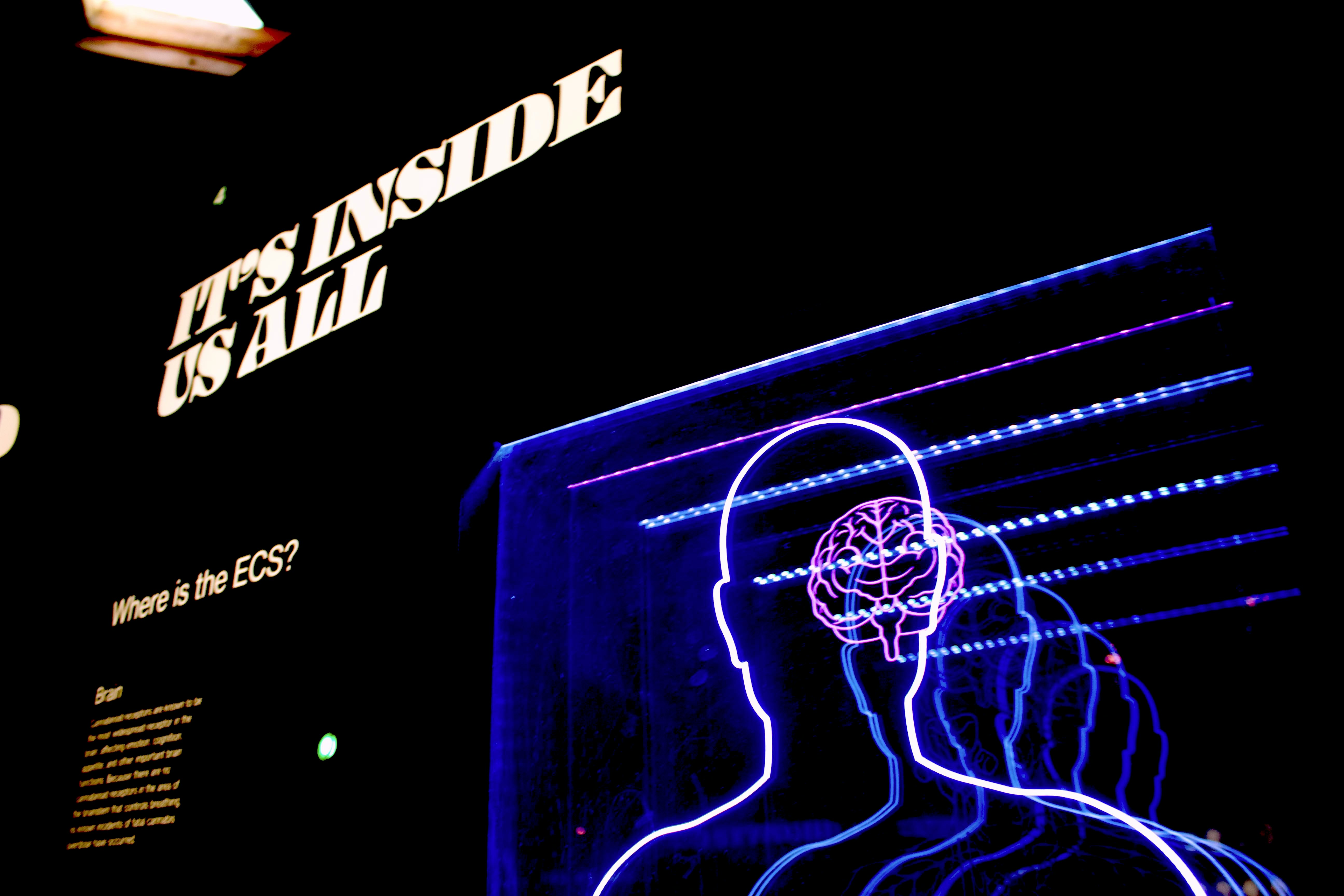Exploring the Unthinkable: Fascinating Insights from a Journey into the Brain 🧠
November 9, 2023•578 words

Today, I found myself engrossed in a remarkable book titled "Unthinkable" by Helen Thomson. Each chapter unfolds like a captivating mystery, leaving me with an array of thought-provoking questions. One particular aspect that struck me was in Chapter 8, where Thomson delves into the perplexing world of Cotard’s syndrome. This condition leads individuals to firmly believe they are deceased, a concept that was entirely new to me. It made me wonder: could individuals in a vegetative state, seemingly unresponsive, still possess a latent awareness of their surroundings?
I was particularly moved by the story of Graham, a 57-year-old man with Cotard’s syndrome. Despite all evidence to the contrary, he is convinced he is dead. His story is a striking example of the syndrome:
"Graham, a 57-year-old who is convinced, against all arguments, that he is dead. This rare disorder, Cotard’s syndrome, was first described by 19th century French neuropsychiatrist Jules Cotard."
His neurologist's struggle to rationalize with him highlights a fundamental question about our understanding of the brain:
"How can you rationalize with someone if the part of their brain responsible for rationalizing has become irrational?"
This dilemma resonates deeply with me, as it underlines the complexity of the human mind.
Another aspect that captivated me was the condition's paradoxical nature.
🤔 How can someone who believes they are dead still crave cigarettes or express any form of desire? This contradiction points to the mysterious depths of our consciousness, where some parts remain 'alive' and functioning despite overarching delusions. Helen Thomson provides an insightful perspective:
“When the brain is faced with conflicting information, it tries very hard to make sense of the new scenario and generally lands upon the simplest narrative to explain an abnormal experience.”
The book also recounts the fascinating story of a girl who, despite missing her cerebellum, adapted remarkably to her condition, showcasing the brain's incredible adaptability. Moreover, Thomson touches on the impact of certain substances like CMMG, particularly in patients undergoing kidney failure treatment, which can trigger such bewildering thoughts.
Moving into Chapter 9, after the overwhelming experiences of the previous chapter, Thomson introduces us to the concept of mirror-touch synesthesia. This condition extends our understanding of empathy to a physical level, where individuals can feel the touch experienced by others. Thomson shares a profound moment of discovery:
“The first mirror-touch synesthete was discovered by Sarah-Jayne Blakemore, a neuroscientist at University College London. Blakemore was delivering a lecture in which she mentioned anecdotal accounts of people who could feel other people being touched on their own bodies. At the end of the lecture, a puzzled woman in the audience came up to her and said, “Isn’t it normal to feel other people’s touch?"
This phenomenon led me to reflect on my own experiences of unconsciously mirroring others in conversations, changing my accent, posture, or even emotions to align with them.
✨ These chapters made me ponder deeply about our brains and how little we understand about them. They raise fundamental questions about perception, reality, and the fine line between consciousness and unconsciousness. "Unthinkable" has not just been an enlightening read; it has sparked a newfound curiosity in me about the brain's mysteries and our understanding of what it means to be alive and conscious.
(This blog post incorporates quotes from Helen Thomson's "Unthinkable" to enrich its content and provide authentic insights from the book.)
If interested, you can find the book 📚 here, and the audiobook 🎧 here